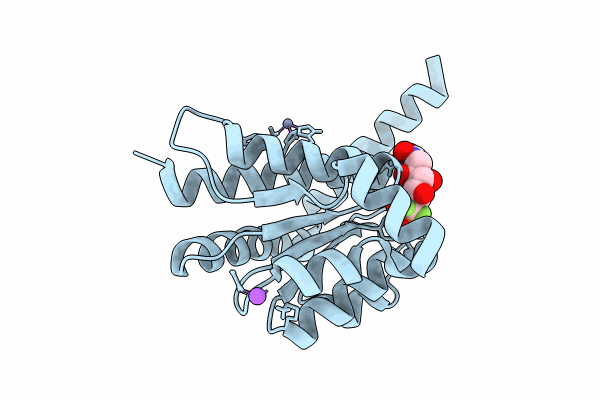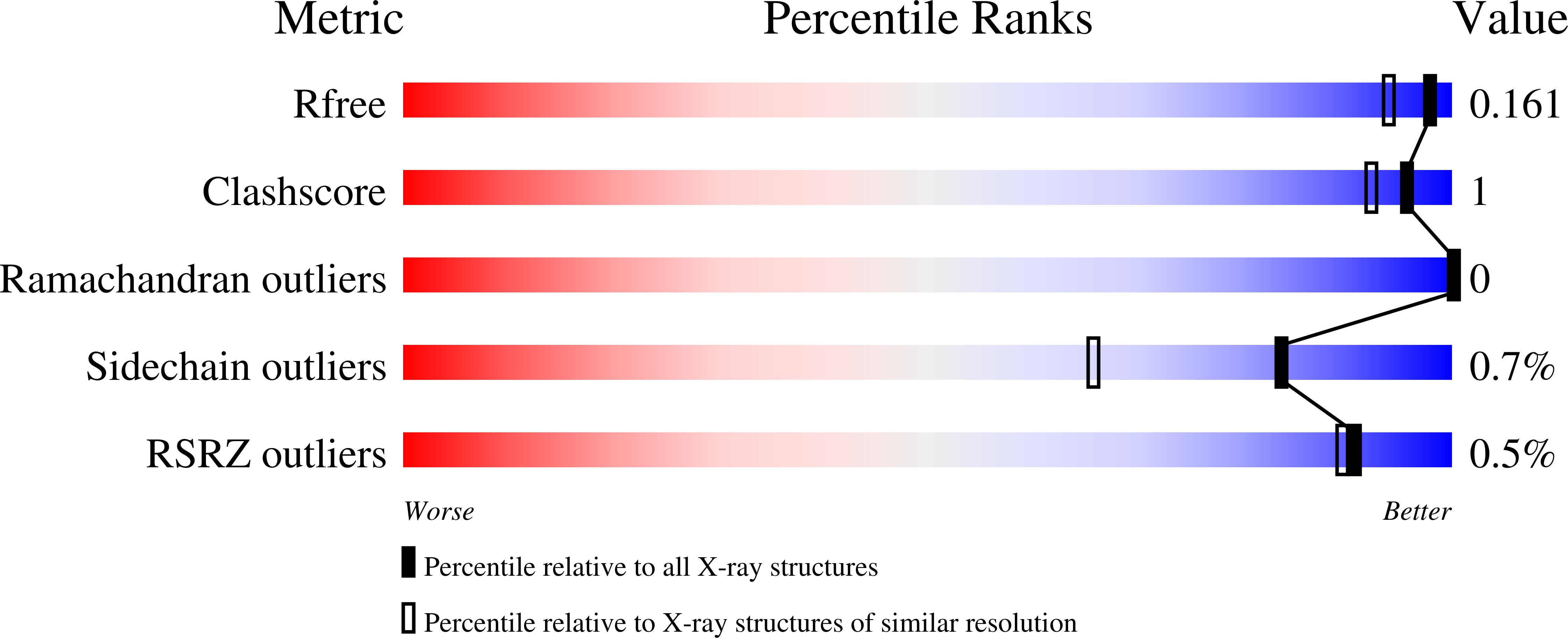
Deposition Date
2023-11-23
Release Date
2023-12-06
Last Version Date
2024-05-01
Entry Detail
PDB ID:
8V2T
Keywords:
Title:
Phosphoheptose isomerase GMHA from Burkholderia pseudomallei bound to inhibitor Mut148591
Biological Source:
Source Organism:
Burkholderia pseudomallei 1106a (Taxon ID: 357348)
Host Organism:
Method Details:
Experimental Method:
Resolution:
1.40 Å
R-Value Free:
0.16
R-Value Work:
0.15
R-Value Observed:
0.15
Space Group:
P 42 21 2


